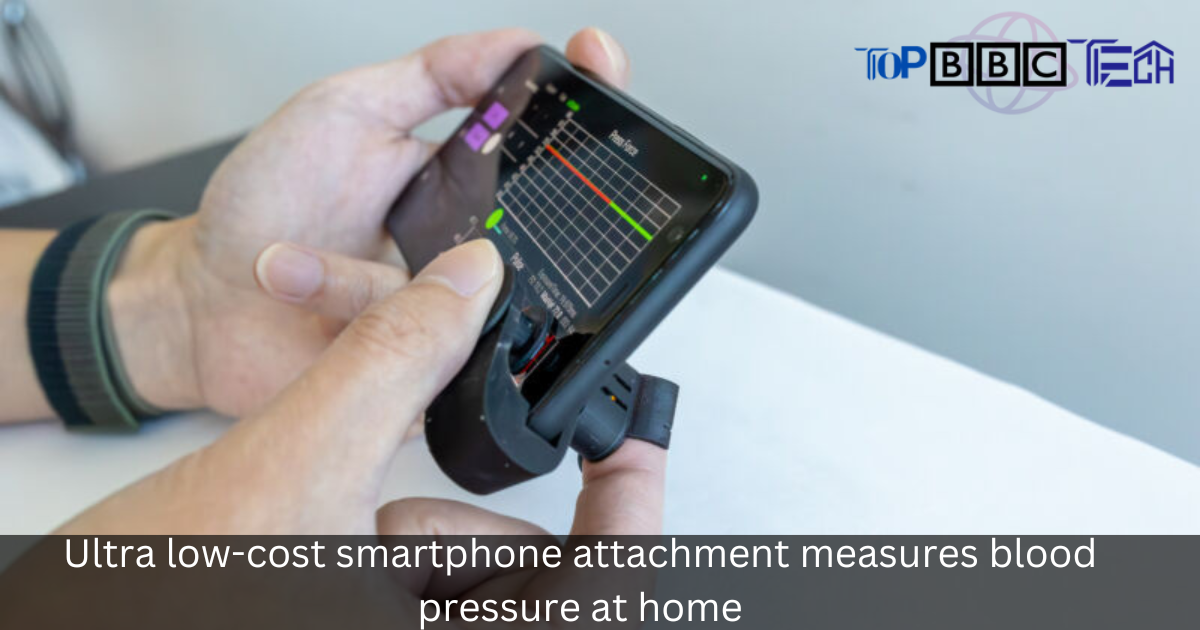Ultra low-cost smartphone
Advancements in technology have brought numerous innovations in the healthcare industry, including the development of smartphone applications and attachments for at-home health monitoring. One such groundbreaking invention is the ultra low-cost smartphone attachment that enables individuals to measure their blood pressure conveniently at home. This innovative solution has the potential to revolutionize healthcare by providing an affordable and accessible means of monitoring blood pressure, promoting early detection and proactive management of hypertension.
The Need for At-Home Blood Pressure Measurement
Maintaining optimal blood pressure is crucial for overall health and well-being. However, hypertension, or high blood pressure, affects a significant proportion of the global population. Regular blood pressure monitoring is essential for the early detection and management of this condition. Traditional blood pressure monitors, although accurate, can be expensive and cumbersome for routine use at home. This limitation often leads to infrequent monitoring, increasing the risk of undetected hypertension-related complications. Therefore, a low-cost and user-friendly alternative is imperative to encourage proactive blood pressure monitoring.
Overview of the Ultra Low-Cost Smartphone Attachment
The ultra low-cost smartphone attachment is a compact and portable device that connects to a smartphone through the audio jack or Bluetooth technology. It consists of an inflatable cuff and a pressure sensor, which collectively measure blood pressure. Once the cuff is wrapped around the upper arm, the user launches the accompanying smartphone application, and the device automatically inflates the cuff to an appropriate pressure. The pressure sensor then records the oscillations of blood flow in the brachial artery, enabling accurate measurement of systolic and diastolic blood pressure.
Features and Benefits of the Smartphone Attachment
The smartphone attachment offers several notable features and benefits that make it an attractive solution for at-home blood pressure measurement. Firstly, its low-cost nature makes it accessible to a broader population, particularly in resource-constrained regions where traditional blood pressure monitors may be financially out of reach. The device’s compatibility with smartphones eliminates the need for additional standalone devices, reducing the overall cost for users. Furthermore, the smartphone application associated with the attachment provides a user-friendly interface, allowing individuals to easily track and manage their blood pressure readings over time.
Moreover, the attachment is highly portable, enabling users to monitor their blood pressure anywhere and at any time. Its compact size makes it convenient for individuals who frequently travel or have a busy lifestyle. Additionally, the device’s wireless connectivity options, such as Bluetooth, enable seamless data transfer to smartphones, facilitating real-time monitoring and sharing of blood pressure data with healthcare professionals.
Implications for Healthcare
The implications of the ultra low-cost smartphone attachment for healthcare are significant. This innovative device has the potential to revolutionize the way blood pressure is monitored, particularly in at-home settings. Some key implications for healthcare include:
Improved accessibility: The low-cost nature of the smartphone attachment makes it accessible to a wider population, including individuals in low-income communities and developing regions. This accessibility can contribute to early detection and management of hypertension, reducing the risk of complications and improving overall health outcomes.
Enhanced patient engagement: By enabling individuals to monitor their blood pressure at home, the attachment promotes patient engagement and empowerment. Patients can take an active role in managing their health, leading to better adherence to treatment plans, lifestyle modifications, and increased awareness of their blood pressure trends.
Remote patient monitoring: The attachment facilitates remote patient monitoring, which is particularly beneficial in telehealth and remote healthcare settings. Healthcare providers can remotely access patients’ blood pressure readings, enabling timely interventions, adjustments in treatment plans, and personalized care without the need for in-person visits.
Population-wide screening programs: The affordability and simplicity of the attachment make it suitable for large-scale population screening programs for hypertension. This can lead to early detection of high blood pressure cases, allowing for timely interventions and preventive measures. Population-wide screening has the potential to reduce the overall burden on healthcare systems and improve public health outcomes.
Integration into healthcare systems: The attachment’s compatibility with smartphones enables seamless integration into existing healthcare systems. Blood pressure data can be easily integrated into electronic health records, facilitating data analysis, trend identification, and personalized interventions based on individual patients’ needs.
The ultra low-cost smartphone attachment for blood pressure measurement holds tremendous implications for healthcare. Its affordability, accessibility, and integration capabilities make it a powerful tool for promoting proactive monitoring, patient engagement, and remote healthcare management. Embracing this innovation has the potential to improve healthcare outcomes globally and empower individuals to take charge of their own health.

